Sir David Frederick Attenborough is an English broadcaster, biologist, natural historian and author. The longevity of his career is remarkable. He has often said during his life that work was what made him get up in the mornings, and that as long as people wanted to watch and listen to him, he would carry on.
But then Attenborough has never considered what he did as arduous. Indeed, he was once quoted as saying that the time when he felt like he was really working was the “nasty time” as a senior BBC executive. He became controller of BBC Two in 1965, then four years later was made director of programmes of both BBC One and BBC Two. He eventually quit in 1973, hanging up his suit to return to his earlier, happier existence as a peripatetic natural-history presenter.
One of the ironies of Sir David Attenborough’s career has been that while many members of the public appeared to believe he did just about everything, from writing and presenting the scripts to operating the boom and making the tea, he has always made a point of highlighting the teamwork required to create his programmes.

He lavishes praise on the patience and dedication of cameramen, sound mixers, producers and researchers. They in return respect Sir David’s willingness to get his hands dirty and the fact that he rarely needed more than one take. And they adore his sense of fun. He is renowned for telling stories round the restaurant table or campfire.
The Attenborough brand is built on his authority, drawing much of its power from his refusal to do commercial voiceovers. “If I start telling people to buy margarine not butter, they won’t believe a word I say any more,” he said once.
How old is Sir David Attenborough?
Sir David Frederick Attenborough was born on the 8th May 1926, in Isleworth Middlesex England, to parents Frederick and Mary and was middle child of three boys.
He is younger brother to the renowned actor and director Sir Richard Attenborough (1923 - 2014).
During the Second World War David's parents fostered two Jewish girls Helga and Irene Bejach, via the Refugee Children's Movement, who had fled Germany.
What was Sir David Attenborough's early life?
He grew up on the campus of the University College Leicester, where his father was principal.
During his early childhood he became interested in natural history and started collecting fossils, stones and natural specimens.
His father introduced him to Jacquetta Hawkes, a young academic, who sent him a box of artefacts including fossils and dried seahorses after being impressed with his collection. This played a part in confirming his interest in becoming a naturalist.
Sir David was educated at Wyggeston Grammar School and in 1945 won a scholarship to Clare College of Cambridge University where he obtained a degree in natural sciences.
In 1947 he was called up for national service, serving in the Royal Navy, he was stationed in North Wales and the Firth of Forth.
Who did Sir David Attenborough marry?
In 1950 David married Jane Elizabeth Ebsworth Oriel, they had two children, Robert and Susan. Jane died in 1997.
Robert became a senior lecturer, at the Australian National University in Canberra, in bioanthropology. Susan was a primary school headmistress.
Please note that external videos may contain ads
Interview with David Attenborough - Attenborough at 90 - BBC
Why do people listen to Sir David Attenborough?
Though Sir David has avoided commenting on politics for much of his career, when he does choose to speak out, and has increasingly done so in recent years – he criticised the badger culls initiated in 2013 during the coalition government and highlighted the environmental problems caused by overpopulation – people tend to sit up and take note. In Climate Change – The Facts in 2021, he looked at potential solutions to the global threat.
Patron saint of wildlife TV, saviour of the BBC, national treasure, shoo-in for elected monarch, heartthrob – Sir David has been called lots of things. But really, he is the presenter all other natural-history presenters aspired to be.
Presenter, naturalist and author Chris Packham has described him as his main inspiration: “David tells stories so that they become irresistible to us. We want to know what happens. We care because we trust him, he is an expert and he is so very passionate.”
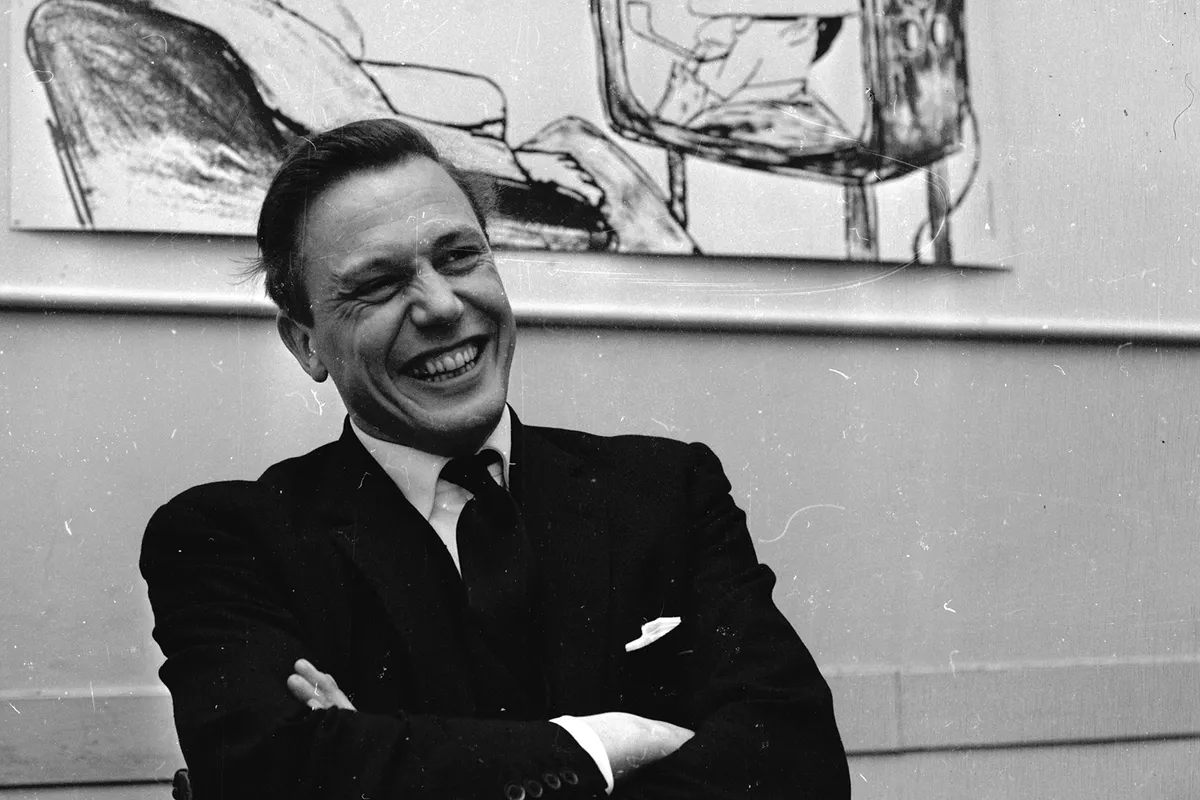
Why Sir David Attenborough is irreplacable
Who could ever replace the man who has done so much good for the planet’s wildlife, and enjoys the adoration and respect of his peers, asks author, birder and TV presenter Stephen Moss: “When I used to work for the BBC Natural History Unit, the first question people usually asked was, “Do you know David Attenborough?” They invariably followed this up with, “So, who’ll replace him, when he finally goes?””
The answer is, of course, everyone and no one. There will never be another David Attenborough, for two good reasons. First, the man is unique. No one else can communicate the wonders of the natural world with quite the same blend of enthusiasm and knowledge – and I doubt any one in the future will be able to, either.
David Attenborough's recent programmes:
The other reason is that the world of television has changed beyond recognition since his broadcasting career began more than 60 years ago. Back then, there were two TV channels; now there are hundreds. So no other presenter will ever again be able to command the wholesale adoration of the British public, because viewers are now watching TV very differently.
While in some ways Attenborough is irreplaceable, there are dozens of his successors on our TV screens. Chris Packham and Steve Backshall, Miranda Krestovnikoff and Mike Dilger, Gordon Buchanan and Liz Bonnin all owe their success to Sir David.
His passion for wildlife first caught people’s attention on Zoo Quest, back in the 1950s, and he continued to enchant and delight us well into his 10th decade with programmes such as Planet Earth II, The Green Planet and Frozen Planet II.
To see why, just take a look at the famous clip of Sir David with the gorillas on YouTube. It’s as fresh and enthralling now as when it was filmed four decades ago. It continues to attract new generations of viewers, some of whose parents were not even born when the original encounter took place.
Please note that external videos may contain ads
David Attenborough Plays with Cute Baby Gorillas | BBC Earth
Fast forward to the new millennium, when at the age of almost 90, Sir David crammed himself into a submersible to get an undersea view of the Great Barrier Reef. Then watch any wildlife presenter, and you can see how they all channel the way of communicating he pioneered.
Attenborough has been endlessly parodied, though always with great affection; from Rory Bremner to Spitting Image, his voice is simply unmistakable. And now that we are able to watch repeats of his shows on cable channel re-runs, YouTube clips or DVD box sets, we can all get our regular fix of Attenborough whenever we want.
What is Sir David Attenborough's legacy?
Beyond the screen, Sir David’s legacy is even greater. When BBC Wildlife magazine attended a New Networks for Nature conference in Cambridge – held, of course, in the David Attenborough Building, the final keynote speech was given by the man himself, following which there was a standing ovation from 500 delegates. Attenborough simply stood and smiled back at the audience, rightly basking in our adoration.
Every person in that room – authors and broadcasters, conservationists and scientists, artists and musicians – had been influenced by Sir David Attenborough; it is fair to say that, without him, many of us would have followed a very different path in life. Instead, we are all doing our utmost to make things better for the world’s wildlife.
So when it comes to deciding just how important Sir David Attenborough’s legacy really is, it is hard to do so without appearing to resort to overstatement. Has there been another more important man, or a bigger influence for good, in our lifetimes? We can’t think of anyone to rival him as the greatest figure of our age.
Please note that external videos may contain ads
Top 5 David Attenborough Moments | BBC Earth
Is Sir David Attenborough an animal lover?
During an interview Sir David said he was 'not an animal lover' as animal lover implies sentiment and anthropomorphising. He went on to say that he finds animals rivetingly interesting and gives him intellectual pleasure.
What is Sir David Attenborough's favourite animal?
When asked by Prince Louis what animal does he like, Sir David replied "I think I like monkeys best. Because they're such fun".
What is Sir David Attenborough's least favourite animal?
The one animal Sir David really hates is ... RATS. He has said he would be the first to run on seeing a rat.
10 facts you (probably) didn't know about Sir David Attenborough
BBC Wildlife magazine interviewed the celebrated naturalist at his home. Read our Q&A to discover something new about him.
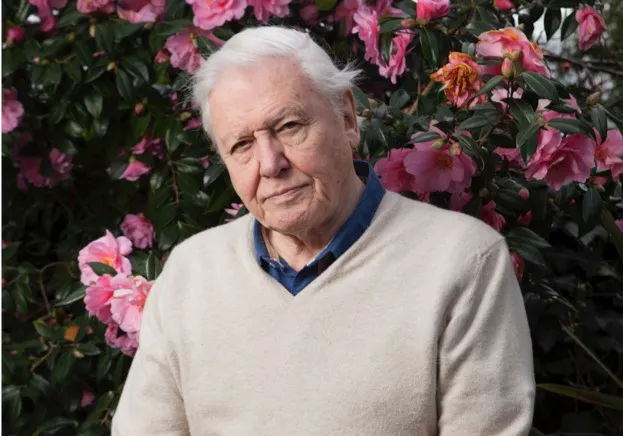
What would your superpower be?
To fly. It would be wonderful, wouldn’t it? Not gliding, mind, I want powered flight, please. I don’t just want to float around when the wind is right. I want to be able to just stretch my wings and take off.
The nearest you can get to flying is underwater swimming. Scuba diving. The ability to move in three dimensions is what you experience when you are scuba diving. But to do that up in the sky… to be able to take off and fly and have a quick look at the Cotswolds, would be fantastic.
Have you had any mishaps or shoots that went awry?
Well, they don’t happen so often now, in the electronic age. But they did. Though never with BBC cameramen. All of the cameramen I have worked with have got a sixth sense. You might say that one of the great attractions of electronic filming is that you can see whether you’ve got it and what you haven’t. But with these cameramen, whenever something happens, like a bird has pounced or something has dived, and you ask them “Did you get it? Did you get it?”, if they say “Yes”, they always have. They are never wrong. They have something strange about their abilities to see.
What did happen, it was in Paraguay I think, was that in those old days of film not only you couldn’t see it but you couldn’t see it for maybe six weeks or eight weeks. You’d be out in the bush and you would send the stuff home and hope that you might get a lab report, but there wasn’t anywhere that you could get a lab report for maybe a month.
I remember after filming for at least half of our trip, so that would be for maybe six or seven weeks or so, we sent some stuff home and a week afterwards got a telegram to say “Regret to say that your 250mm lens has got a hot spot. The middle of every shot on that lens was unusable, was blank. And so it was unusable. And that was the lens that we used for close-ups. So it meant we had all the stories but no close-ups.
Is there something you keep in your overnight bag?
I don’t go away without my front door key.
What’s your worst experience of the natural world?
I can remember being stranded… on Roraima in Venezuela. We were filming on the top and we did the sensible thing which was to go up by helicopter instead of carrying all this stuff. It was for The Private Life of Plants. It sounds sensible to go up by helicopter, but actually this [place] attracts weather, it attracts clouds. You have to wait for quite a bit before you get up, and then when you do go, you think, “Hang on! We haven’t thought about coming down yet!”
And we had a very flamboyant helicopter pilot who spoke Spanish and we didn’t speak much Spanish. He was very excited and shouting and waving his arms around. He just grabbed stuff and [started loading the helicopter, without much discussion]. He dumped the first load [on the plateau] and then [dropped off] the second in a different part of the plateau. It was separated by chasms and took us a hell of a long time to get all of the kit together in one place.
And then when we got together we found we only had one tent, and there were about eight of us. And it starred to rain quite heavily. There was bare rock with water sluicing across it, and we all just sat in the tent on top of one another. At least we got the sequence. But the question is: Did they use it? And the answer is no!
There was a particular endemic plant up there, and the programme was about how isolation produced new species.
But I remember that night very well – the torrential rain and that tiny two-men tent with all of us in it.
What extinct creature would you most like to meet?
Quetzalcoatlus. It was a pterosaur, a contemporary of the dinosaurs but with wings the size of an aeroplane. We make programmes about it, but the truth is we still don’t really know how it took off.
I personally think it was a scavenger. It had a very curious neck where the vertebrae locked and became like a long rigid pole, with its long jaws at the end of it. And I think that was in order to get inside a Brontosaurus.
If you look at vultures now, with their long, bare-headed necks, which they push into carcasses to pull out the guts… well if you are going to pull the guts out of a titanosaur you have to be pretty damn big. So that’s what I think the long neck was for.
What book would you most like to have?
Printed? I’d pick Hortus Sanitatis from the 15th century. I wouldn’t mind one of those. It was the first natural history. At that time, people’s interest in the natural world was mostly what use it was to keep you healthy. So Hortus Sanitatis means ‘The healthy garden’ or ‘health garden’.
What keeps you up at night?
Sitting up and reading, that’s what keeps me up.
What would you most like that you’ve not got?
I wish I had hedgehogs living in my garden… They’re lovely things, hedgehogs.
I used to keep one… a three-legged creature from a rescue centre. We were filming hedgehogs, and this one, the poor old thing, was given me to me and I kept it in the back garden and fed it.
What is your favourite object?
It sits on my desk, a tiny little thing. It’s a crustacean and comes from one of these deep-sea vents… would you like me to get it? [Goes upstairs in lift to his office. Encased in glass, like a miniature paperweight; labelled Kira tyleri]
There you are. From a hydrothermal vent off South Georgia, from the bottom of the very deep ocean. It’s wonderful, see? It’s immature. Nobody could have survived alongside this creature, no human being, except in a deep-sea capsule. An extremophile.
Do you watch your own programmes when they go out?
Not really. By the time they go out, if you’ve not already watched them 50 times then you’ve not done your job properly. I watch other people’s natural history programmes. You’ve got to watch them… What the other people are doing is the interesting thing.
What BAFTAs has Sir David Attenborough won?
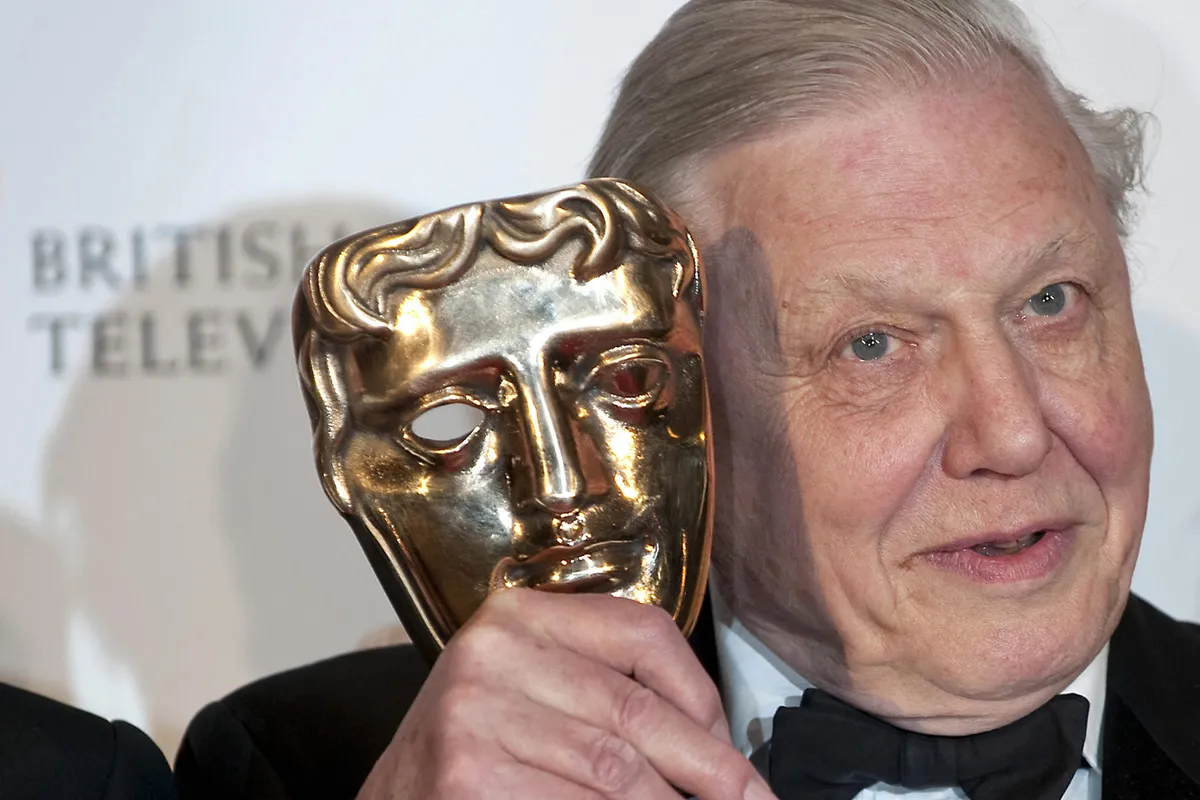
Sir David is the only person to win BAFTAs for programmes made in black and white, colour, 3D, 4K and VR.
He won his first BAFTA in 1961, since then he has won a total of 8 BAFTAs, and had numerous nominations.
- 1961: Television | Special Award
- 1971: Television | Desmond Davis Award
- 1980: Television | Fellowship
- 2009: Television | Specialist Factual : Life In Cold Blood
- 2011: Television | Specialist Factual : Flying Monsters 3D
- 2014: Television | Specialist Factual : David Attenborough’s Natural History Museum Alive
- 2017: Television Craft | Digital Creativity : David Attenborough's Great Barrier Reef Dive
- 2017: Television | Specialist Factual : Planet Earth II
Sir David has also won three Primetime Emmy Awards for Outstanding Narrator, plus many other awards and nominations around the world.
When was Sir David Attenborough knighted?
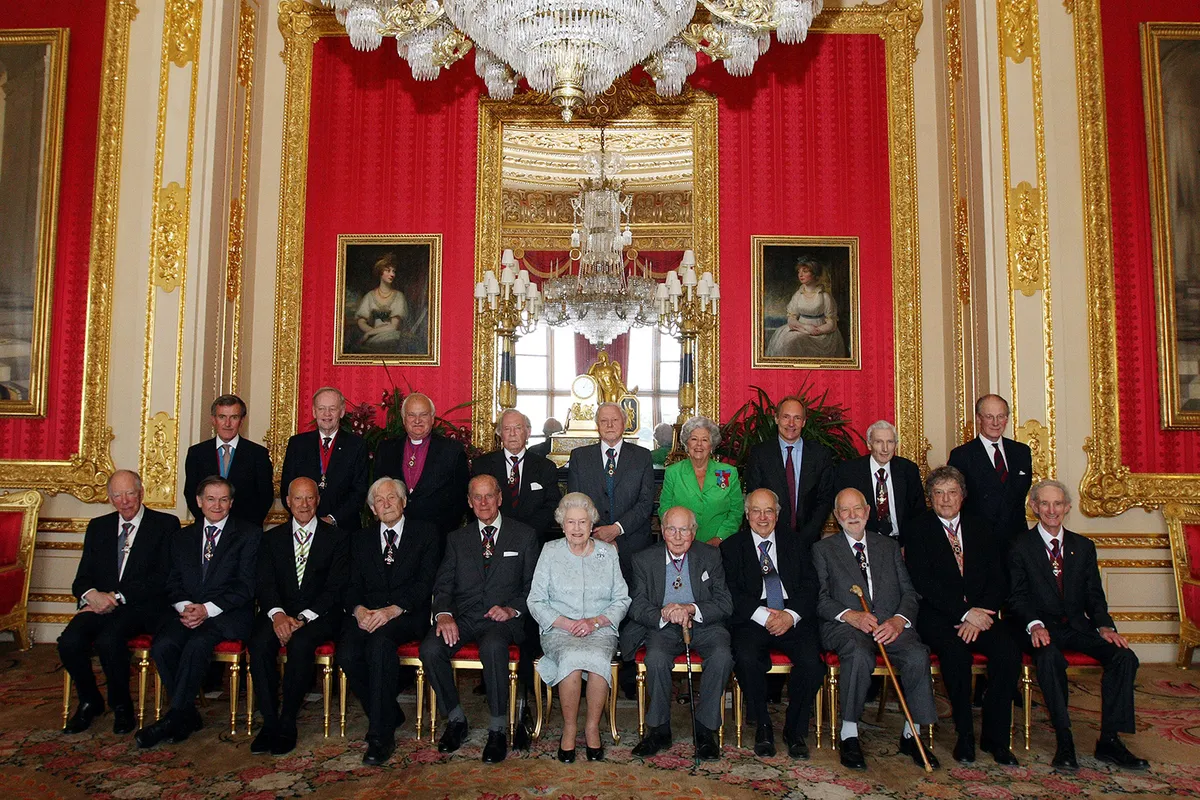
Sir David has received two knighthoods, in 1985 and 2020, he has also received other awards in the Queen's New Year Honours List.
- 1974: Commander of the Order of the British Empire (CBE) for services to nature conservation
- 1983: Elected a Fellow of the Royal Society (FRS)
- 1985: Knight Bachelor for services to broadcasting
- 1991: Commander of the Royal Victorian Order (CVO) for producing Queen Elizabeth II's Christmas broadcast
- 1996: Companion of Honour (CH) for services to nature broadcasting
- 2005: Order of Merit (OM)
- 2020: Knight Grand Cross of the Order of St Michael and St George (GCMG) for services to television broadcasting and to conservation
How many honorary degrees does Sir David Attenborough have?
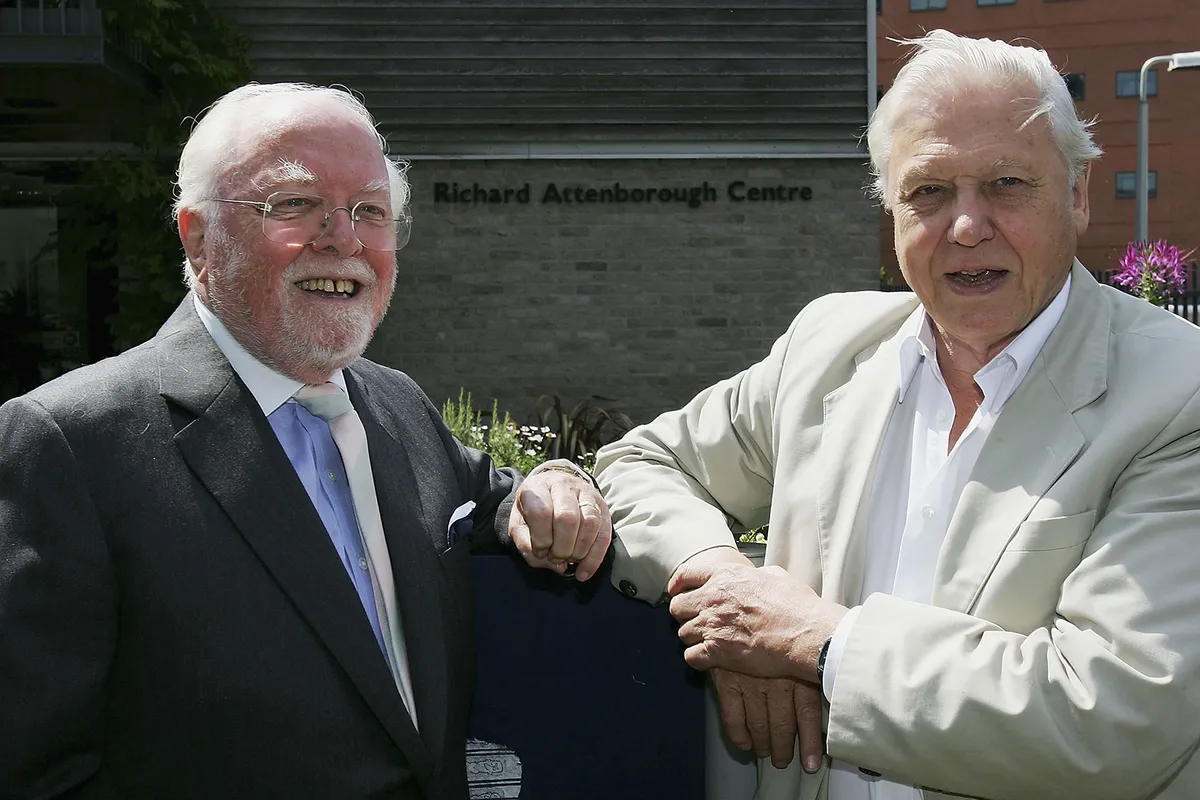
Sir David holds an amazing 32 honorary degrees from universities throughout the UK, this is more than anyone else.
Amongst them are...
- Durham University Doctor of Science
- University of Cambridge Doctor of Science
- University of Oxford Doctor of Philosophy
- Queen’s University Belfast for services to science
What does Sir David Attenborough say about extinction?
Please note that external videos may contain ads
We need IMMEDIATE action to stop extinction crisis, David Attenborough - BBC
Species named after Sir David Attenborough
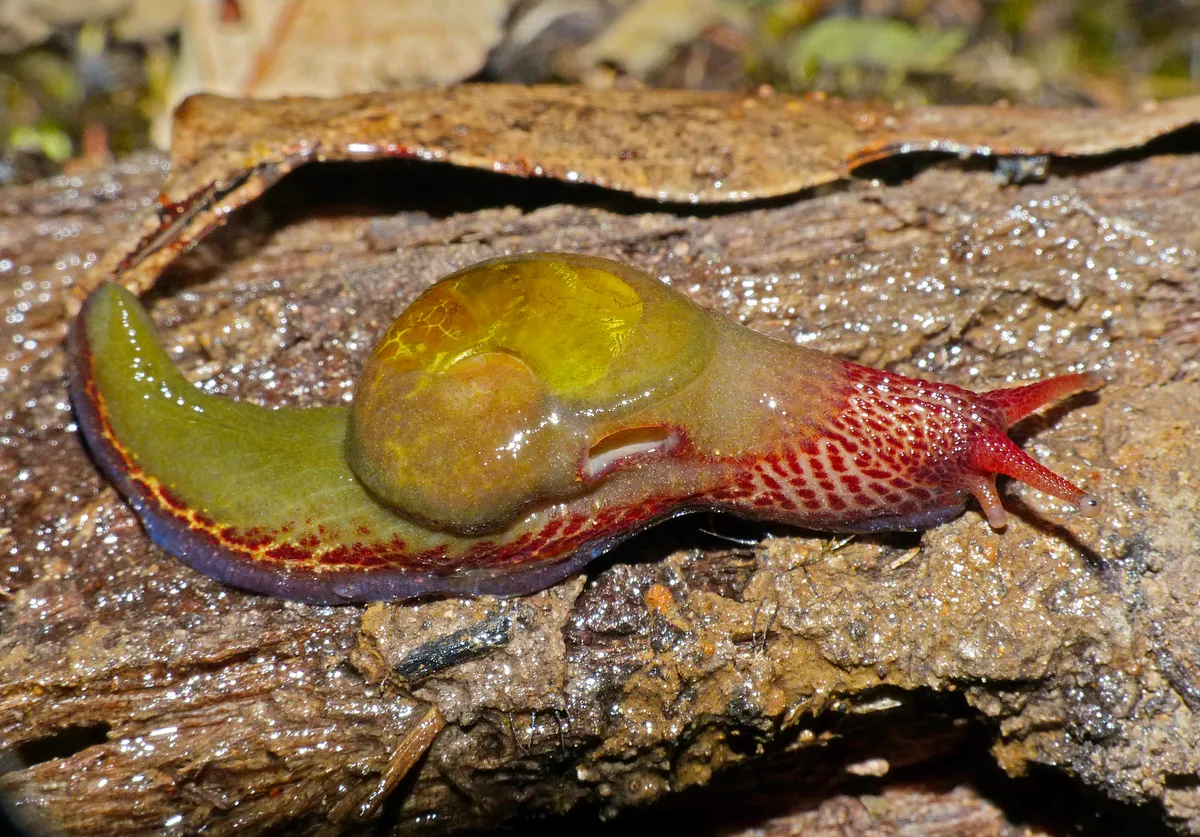
There are over 40 animal and plant species named after Sir David Attenborough, including the burgundy snail (Attenborougharion rubicundus), an extinct pygmy grasshopper (Electrotettix attenboroughi), a weevil (Trigonopterus attenboroughi), a frog (Pristimantis attenboroughi), and a pitcher plant (Nepenthes attenboroughii).
Other things named after Sir David Attenborough
Not only has Sir David Attenborough had numerous animal and plant species named after him, from polar research vessels to a constellation also carry his name:
RRS Sir David Attenborough
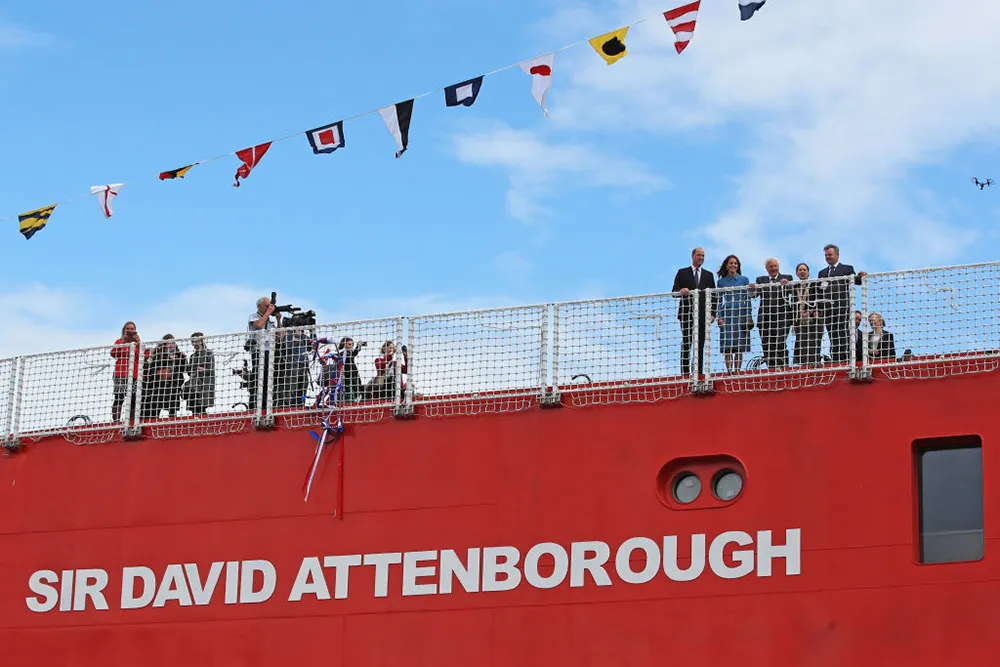
The RRS Sir David Attenborough, which was commissioned by the Natural Environment Research Council (NERC) for operation by the British Antarctic Survey (BAS), is one of the worlds most advanced polar research vessels.
It is a multidisciplinary research vessel and will allow scientist to study the oceans, seabed, ice and atmosphere in the polar regions.
It was handed over to NERC and BAS on the 27th Nov 2020, its maiden voyage to Antarctica was on the 16th November 2021.
For more information on the RRS Sir David Attenborough can be found go BAS.
Attenborough Nature Reserve, Nottinghamshire
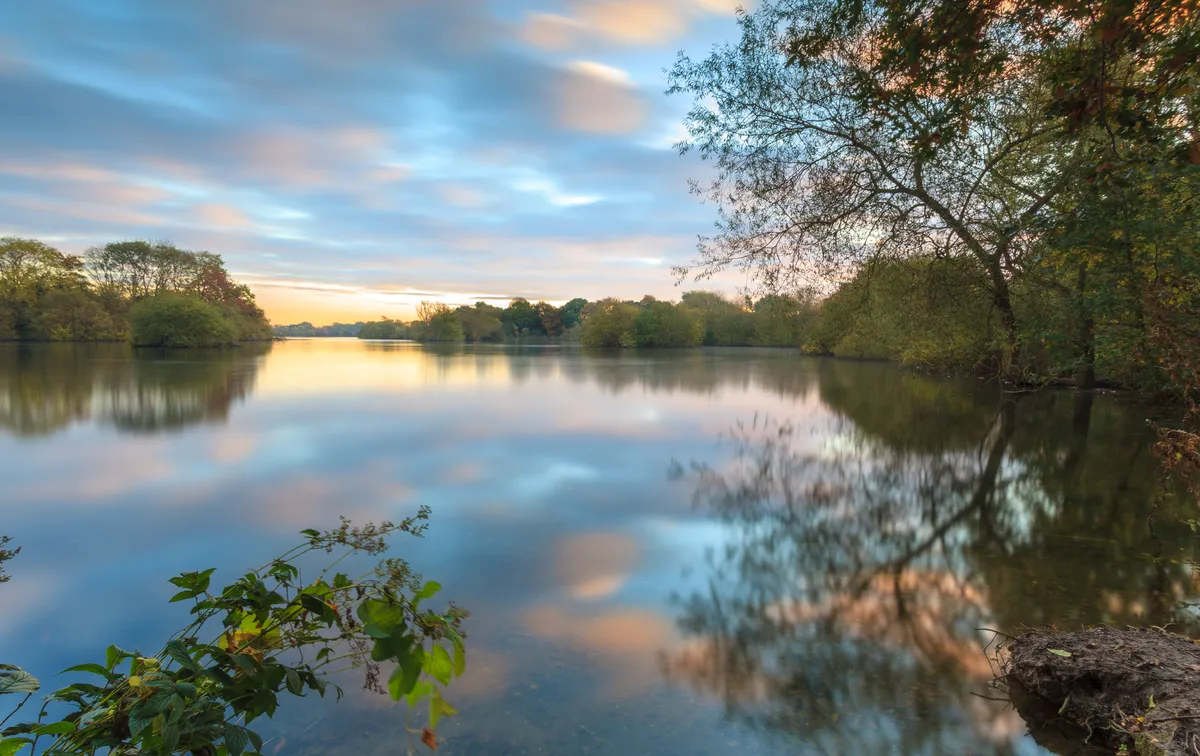
Nottinghamshire Wildlife Trust acquired their first nature reserve in 1966, it was opened by David Attenborough who at the time was the controller of BBC2, the trust awarded him a honorary lifetime membership. In March of 2005 the trust opened the Attenborough Nature Centre.
Sir David Attenborough constellation
A constellation was named after Sir David Attenborough as part of the University of Birmingham’s Astronomy Society as part of the ‘Look Up To Stars’ project. The project was aimed at getting younger people interested in astronomy.
The constellation is represented by the shape of a blue whale, some of the stars are also found in Ursa Minor.
Main image: Sir David Attenborough addresses the crowd on The Pyramid Stage during day five of Glastonbury Festival at Worthy Farm, Pilton on June 30, 2019 in Glastonbury, England. © Shirlaine Forrest/WireImage/Getty